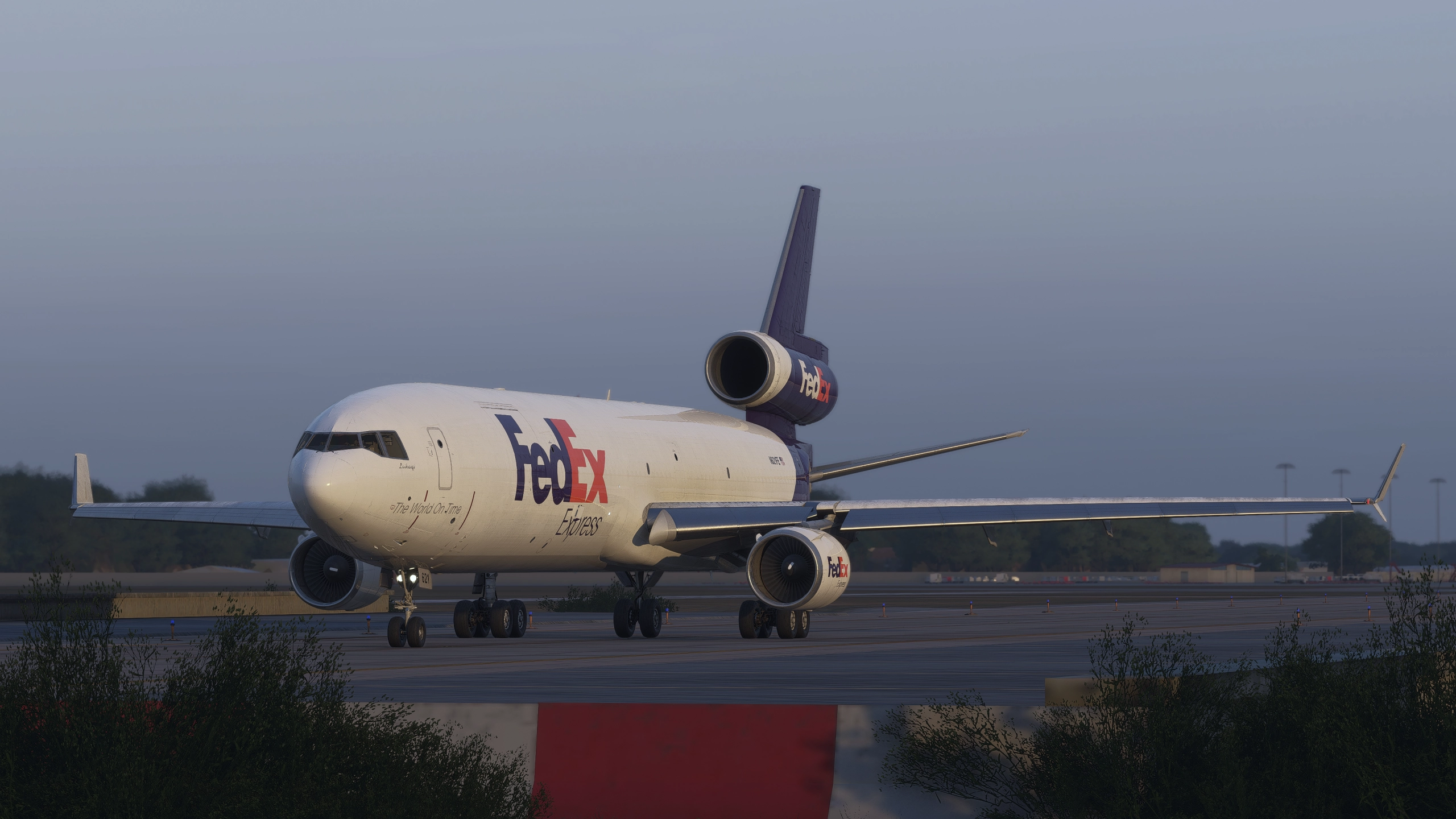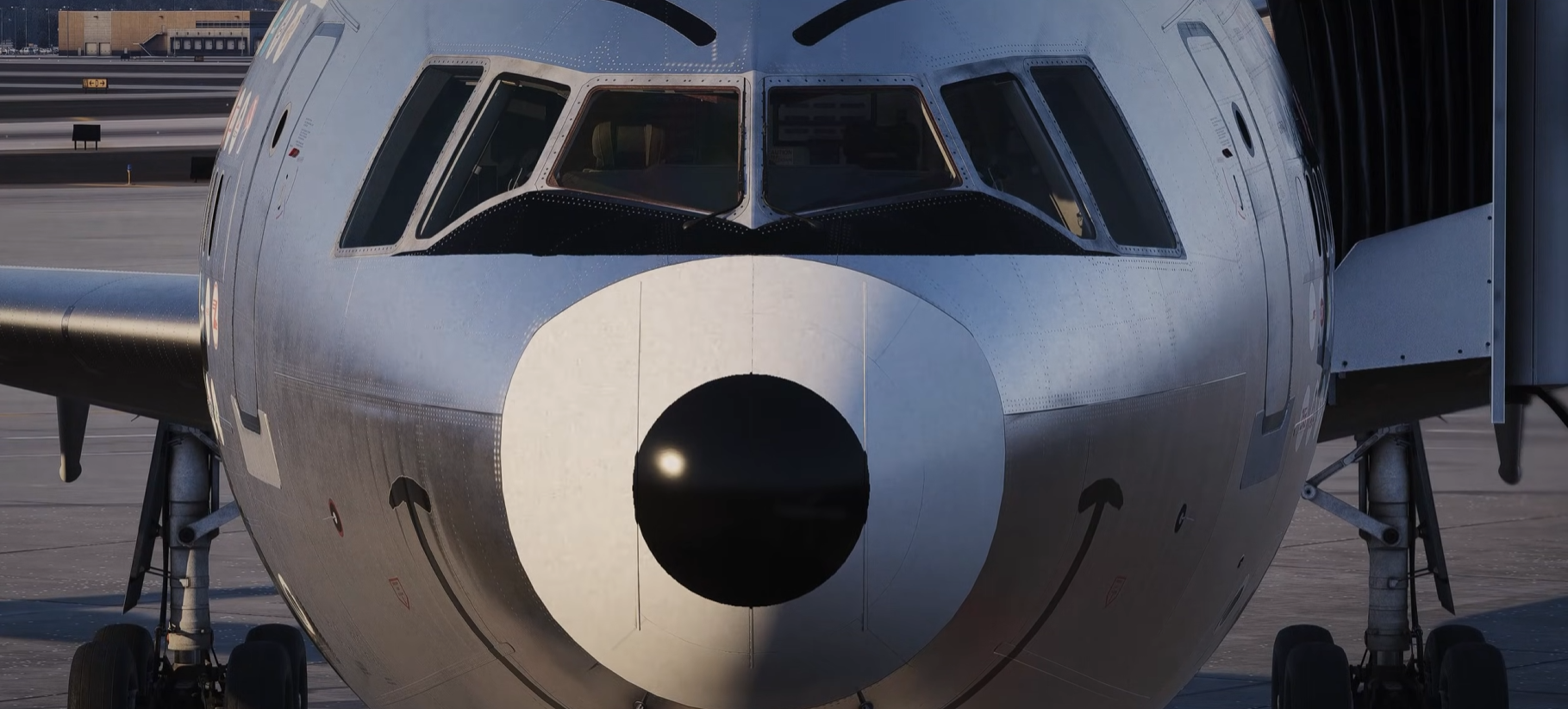Microsoft Releases Aircraft & Avionics Update 1 for MSFS
Microsoft has released the first installment of the Aircraft & Avionics update for Microsoft Flight Simulator, addressing several key issues in the game, along with major upgrades to the GNS 430W/GNS 530 W GPS units, and revamped avionics on many of the default aircraft.

The update resolves a problem with unflyable helicopters when users had the legacy flight model realism settings set to less than 100%. It also repairs a control loss issue with the Pitch axis on helicopters when the anti-stall assist was turned on. The update also addresses the issue of snow covering 100% of airport tarmac and roads, as well as fixing the problem with the deletion of VOR, NDB, and waypoints every time the DeleteNavAtAirport was used. Additionally, the update resolves an issue with secondary aerials being overridden by Bing aerial on terrain with photogrammetry and fixes the terrain level of detail issue on Xbox.

The GNS 430W/GNS 430W GPS units were massively upgraded, introducing a comprehensive visual overhaul that provides a more accurate font, symbology, look, operation, and feel. The update also brings advanced flight plan support, including the ability to handle complex departure, arrival, and approach procedures such as arcs, holds, procedure turns, and more, all with correct real-unit limitations. The GPS system now supports full RNAV simulation, including LPV, LP, LNAV/VNAV, and +V vertical guidance during approaches. Additionally, the GPS satellite and SBAS simulation have been improved, with real satellite positions based on orbital mechanics and accurate SBAS coverage areas. The VNAV profile calculator page and associated reminders/alerts have also been added, along with support for missed approaches and missed approach holds. The system also includes a fully specification-accurate ADS-B-based Traffic Avoidance System, more accurate map symbology, procedure previews, and the ability to enter waypoints, navaids, and direct-tos via keyboard. Customization options, such as metric/imperial unit settings and map data field settings, found on real units are also available. The update also includes satellite weather overlay support (NEXRAD).
These units have been added to the following aircraft in AAU1:
- C172 Classic
- Cap 10
- DA-40 TDI
- DV-20
- L-39 (Athena, Blue Ice, Pipsqueak, Robin 1, Sarance)
- P-51D (Wee Willy, Lady B, Strega, Miss America)
- T-6 (Almost Perfect, Baby Boomer)
The avionics system of the Cessna Citation CJ4 underwent a major upgrade to provide a more authentic and immersive experience for pilots. The visual aspect of the system has been completely overhauled to accurately reflect the look, feel, and operation of the CJ4 avionics. The system now supports independent MFD and FMS operation, advanced flight plan features, and a VNAV system with customizable constraints and smoothing. The autopilot system has also been upgraded with additional armable modes, and the aircraft features a full specification-accurate TCAS II traffic system. Other improvements include a complete Crew Alerting System, accurate takeoff and landing speed calculations, integrated engine FADEC systems, and enhanced display modes. The flight model has also been improved, with enhancements to takeoff and landing performance, fuel consumption accuracy, and handling. In addition, the engine and interior sound effects have been refined to provide a more realistic experience.
The Garmin G3000 and G5000 Avionics Suites have been updated to offer a comprehensive and realistic avionics experience. The visual aspect of the system has been overhauled with accurate font, symbology, and operation, and includes a faithful representation of the Garmin Touch Controller (GTC) complete with UI animations. The flight plan support has been advanced to include features like arcs, radius-to-fix, intercepts, holds, and procedure turns. Custom waypoints, including lat/lon, point/bearing/distance, and present position, are also supported. The VNAV system has been improved with two (aircraft-dependent) styles of coupling: Simple VNAV with descent path VNAV only and advanced VNAV with climb constraint and descent path VNAV, editable constraints, and vertical path smoothing. The PFDs and MFDs have full split-pane support, and the system includes a comprehensive traffic system implementation with Garmin TIS, TAS, and TCAS-II. The avionics suite also supports multiple layout styles, including horizontal or vertical GTCs, and offers a multitude of customization options including measurement units, V-speed bugs, and HSI moving map. The system has JavaScript plugin support for loading custom displays, navigation, and pages, and simulates aircraft systems and instrument styling. Additionally, the system includes AHRS alignment and startup sequence.
The complete changelog is available here.
Stay tuned to Threshold for more flight simulation news!
Share this page
COMMENT ADVISORY:
Threshold encourages informed discussion and debate - though this can only happen if all commenters remain civil when voicing their opinions.




.webp)
.webp)






